H&M’s weaknesses were laid bare last week when the world’s second-biggest fashion retailer admitted that it had “made some mistakes”.
Action points for retailers
Despite a small 4% rise in sales in the year to November 2017, H&M missed its growth forecasts and operating profits dropped 13%. Even worse, its all-important festive quarter was a bloodbath: sales dropped and profits fell off a cliff.
What went wrong?
While H&M’s poor figures might have come as a surprise, it is worth remembering that it is competing in a ferociously tough market.
So far only Primark has succeeded in beating the fashion blues, with even H&M rival Zara suffering falling profits. Despite sales surpassing £600m in the UK in 2017, pre-tax profits dropped by one third. It’s unsurprising then, that H&M is not totally immune to the harsh economic environment.
The bigger shock was around strategic missteps, and the retailer revealed itself to be painfully slow when attempting to adapt to wider shifts in the market.
Despite its size, H&M has historically been more nimble than many of its competitors but, judging by its annual report, it seems to have lost that ability.
The retailer blamed the bricks-and-mortar performance of its main fascia for its woes, and said that online sales and smaller brand sales both performed well.
That means the lion’s share of H&M’s business is the bit that’s in trouble. The store numbers reveal the scale of the problem: the group has 4,288 H&M stores worldwide. Its next biggest fascia is Cos, with 231 stores globally.
What’s more, only 43 of H&M’s 69 markets have an online offer. H&M has been significantly behind the curve here, only launching a transactional website in the UK in 2010 and in the US in 2013.
Despite the UK being at the fore of the group’s ecommerce innovation, its online proposition is still poor.
It has a difficult-to-navigate website and poor click-and-collect service levels compared with rivals such as Zara-owner Inditex, which is pressing ahead with dedicated click-and-collect areas within its stores.
And compared with the pureplay etailers it competes against such as Asos, Boohoo and Missguided, its online proposition is left in the shade.
“All in all, we feel 2017 was a year where we made more steps forward and did more groundwork for the future, but we have also made some mistakes that have slowed us down”
Karl-Johan Persson, H&M
H&M acknowledged its issues last week.
“The fashion industry is changing fast,” boss Karl-Johan Persson said. “At the heart of the transformation is digitalisation and it is driving the need to transform and rethink faster and faster.
“This is presenting many challenges, but we believe we are well-placed to adjust to the new dynamics and take advantage of the opportunities in front of us.
“All in all, we feel 2017 was a year where we made more steps forward and did more groundwork for the future, but we have also made some mistakes that have slowed us down.
“The industry changes are challenging everyone and this will continue in 2018. The new fashion landscape requires skills and resources to adapt and seize the new opportunities.”
But while acknowledgement is the first step to recovery, H&M has a hard task ahead of it.
What’s the recovery plan?
H&M has a three-pronged recovery plan which consists of “being restless around the core”, “investing in the enablers” and “driving growth – both traditional and new”.
That translates to making sure it gets the basics (product, store, digital offering) right, investing in technology, and making sure that its brands and platforms grow (easier said than done).
While none of these aims is amiss, it’s worrying that a retailer in H&M’s position is having to address them at all.
Almost all of the initiatives that fall under “being restless around the core” – that’s getting the basics right to most people – take stating the obvious to the extreme.
For example, “the best across product assortment and mix, look, value for money and sustainability. The best customer offering always wins” and “the digital store is a process that should never settle. The offering needs to be constantly improved and broadened to ensure it maximises engagement and sales”, don’t set the world alight.
H&M’s product now needs to compete in a much more competitive environment: with the likes of Primark and Zara going from strength to strength and the etailers gaining new ground, it’s a given that the retailer needs to work harder here than ever.
On the other hand, localising stores to customer needs and making them more inspiring could do wonders for a retailer which is arguably the most ubiquitous on the planet.
“Investing more in analytics, intelligence, cloud technologies, RFID and 3D should be a workaday habit for a retailer of its size – that it’s not shows that H&M really needs to throw its weight behind crucial technologies like these”
“Investing in the enablers” is all about H&M’s use of technology. All the stated aims are laudable but, again, show a retailer that has fallen behind its etail competitors.
Investing more in analytics, intelligence, cloud technologies, RFID and 3D should be a workaday habit for a retailer of its size – that it’s not shows that H&M really needs to throw its weight behind crucial technologies like these.
Of course, the UK leads the way in ecommerce, so just because the retailer pales in comparison with the likes of Asos and Shop Direct when it comes to technological advances, that doesn’t mean it will do so with the rest of its competition the world over.
It seems, however, as though H&M has been resting on its laurels here – something that no retailer, not even the second largest in the world, can afford to do in such a rapidly changing and competitive market.
The third prong of H&M’s strategy is to drive growth from both its eponymous fascia and newer brands and platforms.
Growth at its main fascia will be powered by expanding store space in some regions and reducing it in others (there is no word yet on which territories may see space reduction, but in 2018 H&M will close the biggest number of stores since at least 1998); plus digital expansion, including launching on platforms such as Chinese online marketplace TMall.
H&M’s assortment of new brands – the eighth of which is Afound, a discount fascia which will sell off stock from its other brands – will also be expected to power growth.
In its annual report, the group said that its new brands were “all scalable” and that it was “developing new brands for new needs and new segments”.
It added: “We constantly work on new ideas and innovations that will drive us forward –and there are many in our pipeline for 2018 and the years to come.”
Will it work?
While all of H&M’s aims are strategically sound, it is concerning that it is having to restate such basic truths.
In such an environment, these changes could undo a lesser retailer. However, H&M has the scale, resources and clout to act fast.
One key point which the retailer fails to address is whether the failings at its main fascia are the result of it spreading itself too thinly.
H&M has masterfully expanded its various fascias over the past decade, both developing its own organic brands such as Cos and & Other Stories and cannily acquiring brands such as millennial sweet spot retailer Monki. But recently it seems to have turbo-charged this, launching Arket and Afound six months apart.
Retail analyst Richard Hyman of Richard Talks Retail likens H&M’s attitude to innovation to having “their foot stuck on the accelerator”.
“Before Arket has had any chance to get any traction at all they’re already looking at new fascias,” he says. “Meanwhile, Cos and & Other Stories still need quite a lot of fine-tuning.
“It’s almost as though they’ve suddenly noticed that Inditex is bigger and more segmented and so they are pushing that innovation pedal hard.
“Doing new innovative stuff is really exciting, but if you really want to keep moving you have to defend your existing business and market share in core locations. Maybe that is a bit less exciting but if you do not get the right configuration there you are stuck with it – it’s very expensive to change it”.
While H&M arguably is better than Inditex at market segmentation and new brand development, its enthusiasm for rolling out new brands could now be seen as verging on zealous. It could be that while H&M is brilliant at development, its long-term execution leaves something to be desired.
That doesn’t seem to be something the retailer is willing to countenance, however, if the boast of its “many new ideas and innovations in its pipeline for 2018 and the years to come” is anything to go by.
H&M has shown significant weaknesses, but its plan to turn things around is solid providing it is not too distracted by constant brand development to properly execute it.
But its situation exposes just how tough the fashion retail market is – if H&M’s performance is faltering, you can be sure that weaker competition will follow suit.
Action points for retailers
Move fast
There is much debate around whether the extent of change in retail has ever been experienced before. No matter which side of the argument you fall on, it’s clear that the pace of change at the moment is even upsetting players such as H&M. In this market, retailers need to move fast or risk losing everything.
Invest in tech
Investing in appropriate tech should be a given at every business: while the UK is a world-leader at the moment, no-one can afford to rest on their laurels. Consumers expect more and more with every passing month and their expectations on tech are not just influenced by retail but my many other more agile sectors. While many IT projects take a lot of time and resources, there are certain aspects of an online proposition that are easier to fix, such as social media output and the consequent increased customer engagement.
Be judicious
It’s incredibly difficult, even for a company of H&M’s scale, to execute nine different strategies at once. Noone can do everything, so be judicious in your aims – it is better to do five things excellently than 10 things at a sub-optimum level. Without knowing their purpose, businesses naturally lose focus. Take inspiration from the likes of B&M, a business that knows exactly why it exists.




















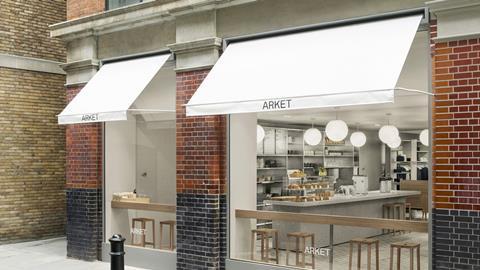
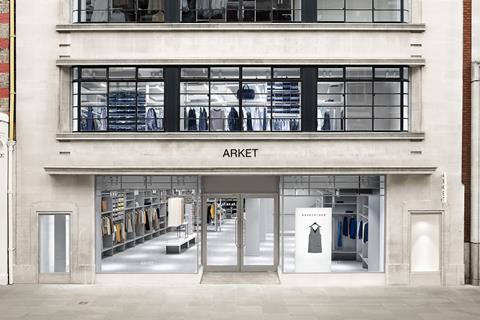

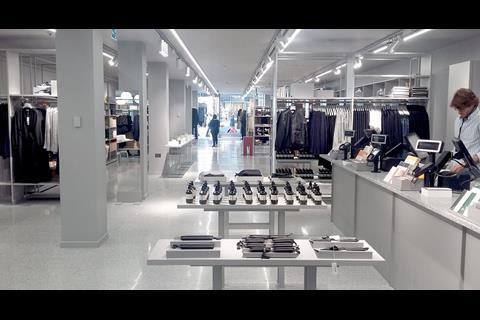
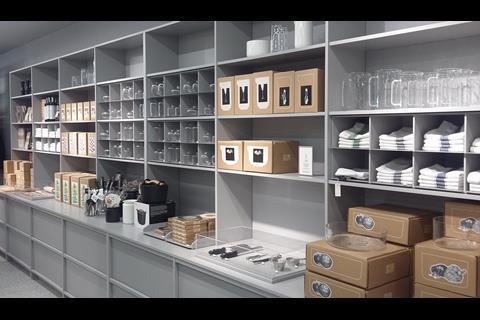

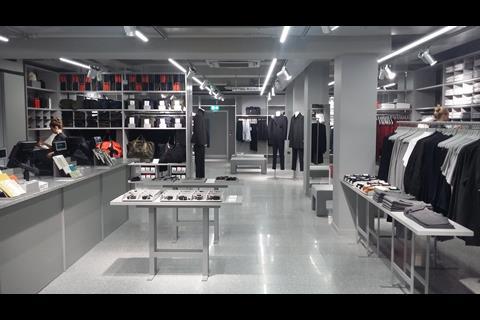

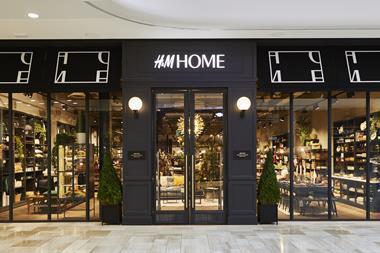
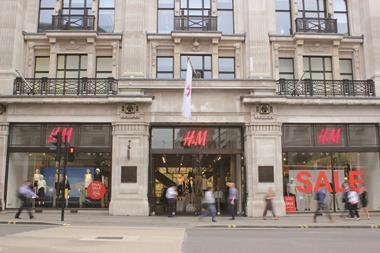

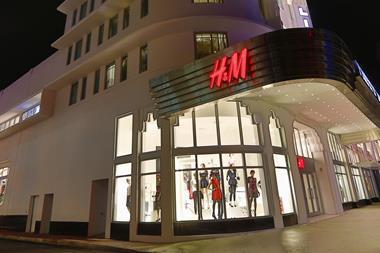
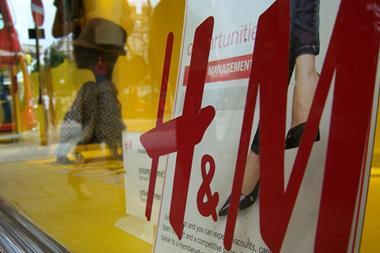

No comments yet